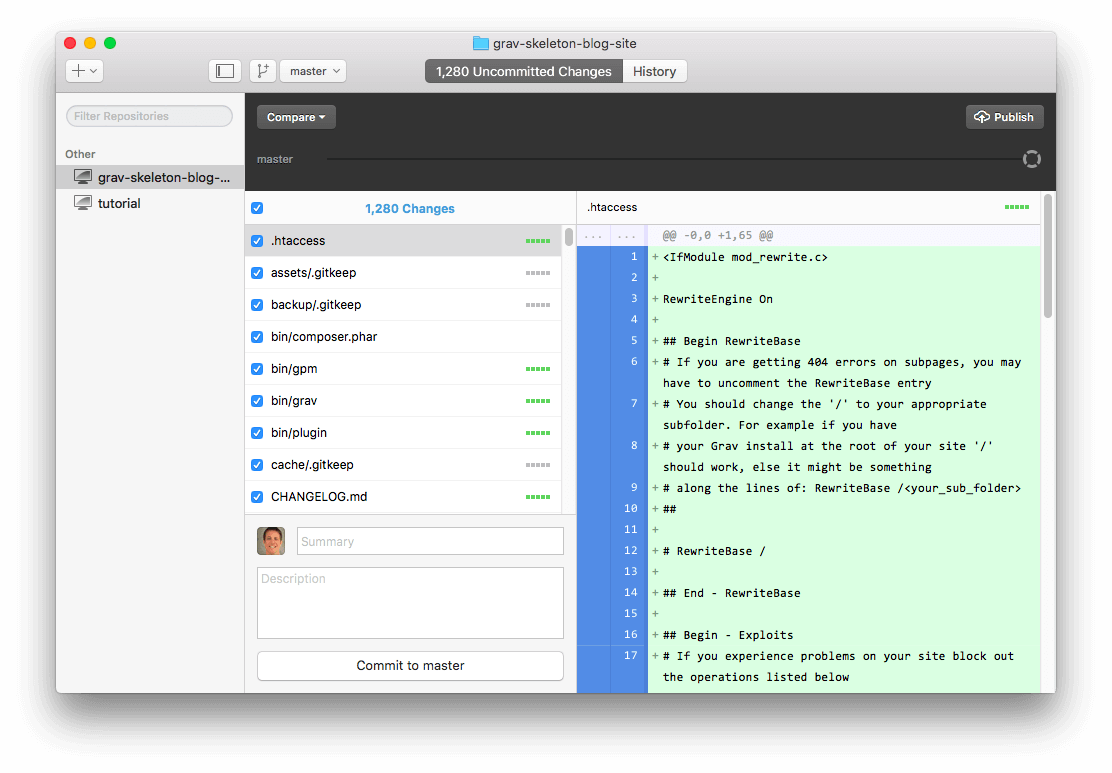

- #CHANGE ACCOUNT GITHUB DESKTOP FULL#
- #CHANGE ACCOUNT GITHUB DESKTOP CODE#
- #CHANGE ACCOUNT GITHUB DESKTOP WINDOWS#
So now you can be logged into your repository, and your boyfriend can be logged into his repository and there will be no conflicts between your logins.
#CHANGE ACCOUNT GITHUB DESKTOP FULL#
This will instruct git (as well as github) that any credentials used to login should only be associated with the full repository path that was queried, not for the entire domain (in the case of github) all repositories on. With the config file opened, search for useHttpPath (or define it if it doesn't exist). For example, to set Sublime Text as your default editor: git config -global core.editor "subl -n -w" If you haven't already, you may want to set your default editor so the file opens in your preferred application. In terminal enter the command git config -global -edit If you would like to prevent this issue in the future you can configure the git helper tool for osx-keychain to store your login credentials associated with the entire path of the repository rather than just the domain which is the default. If you press enter only once you will invoke the command but it will apear to hang, if you press enter a second time you will be prompted by a dialog box to confirm access to your keychain and then the information will be returned in terminal To view the current credentials cached use the command git credential-osxkeychain get followed by pressing enter twice. So next time it will prompt you to login. So, that's how you can get to any branch for either the beginning or the end state of any video in your LinkedIn Learning course.If your using OSX, open terminal and run this: git credential-osxkeychain erase You won't actually be able to do that because you won't be logged in as an administrator for this repository, but you can delete the local copy of your branch and then check it out again from GitHub, if you want to start a video over again. Don't check this option, deleting the branch on the remote. Now, if you want to get rid of the branches that you checked out and start over from scratch go back to GitHub Desktop, switch back to your default branch, pull down the list again and then you can right-click on any of these recent branches and delete them.
#CHANGE ACCOUNT GITHUB DESKTOP CODE#
And this is all the code that this course and this instructor teach in this particular video.

And I see a much longer bit of code here.

Git does not cache the user's credentials by default, so with HTTPS, you need to re-enter them each time you perform a clone, push, or pull. Click the Code button at the top right and then click Open with GitHub Desktop to clone and open the repository with GitHub Desktop: Next, click Choose to select a local path where you want to clone the repository. I'll scroll down and find it, I'll choose it and I'll switch back to Visual Studio code. First things first: SSH or HTTPS Most VCS support authentication with SSH or HTTPS: to make things easier, always prefer using SSH where possible. Now go back to GitHub Desktop, and this time I'll check out 0402e, that's the end state. And then I'll go over here, and look at this file in Visual Studio code. So, for example, let's say that I was on chapter four, video two of this course I would locate origin0402b, I'll select it. To check out one of these branches locate it by the chapter and video number. And one ending with the letter E means it's the end state. And as I described earlier, a branch ending with the letter B means it's the beginning state of a video. After selecting it, a modal would pop up, select URL and place the https link we copied from gitlab inside the URL field and select the destination folder. open GitHub Desktop from the file bar, select clone repository. Under other branches, you'll see a bunch of branches that start with the word "origin" and then have the branch's chapter and video number. Head over to your repository and select https and copy the link, ii.
#CHANGE ACCOUNT GITHUB DESKTOP WINDOWS#
Your first branch is called either main or master, depending on how it was named by the instructor. If you are a network administrator, you can deploy GitHub Desktop to computers running Windows on an Active Directory-managed network by using the Windows Installer package file (.msi) with Group Policy or another remote installation system.The Windows Installer package extracts the standalone installer (. After cloning a GitHub repository using GitHub Desktop you'll be able to see all the branches that are in the repository by pulling down this list.


 0 kommentar(er)
0 kommentar(er)
